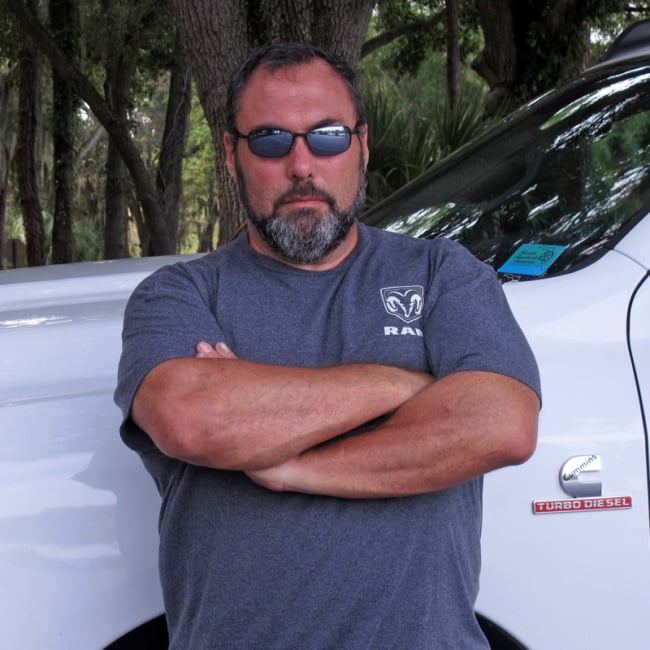
The Panther was to be General Motors’ answer to the Mustang. Images: Copyright 2016 General Motors LLC. Used with permission, GM Media Archive.
In 1965, Chevrolet, like the other automotive manufacturers, was in the midst of creating yet another automobile that would work to strengthen their hold on the then-burgeoning musclecar market. This car wouldn’t be released until 1967, and was destined to set the performance world on its collective ear, as it was to be a no-hold-barred animal. When completed, it would be able to take corners like nothing before, accelerate faster than the guys at Ford and Mopar could even dream of, and devour anything that got in its way. Maybe that’s why the name Panther was chosen.
With development beginning in August of 1964, Project XP-836 as it was known, was to be developed as a direct competitor to the Mustang, and to create the new design basis for the 1968 restyle of the Chevy II/Nova. The project would also be tasked with debuting two new small-block V8 engines. First was the now iconic 350 cubic-inch V8 that was – at the time – designed solely for the new Panther. Initially, it was to be the biggest V8 available from Chevrolet, until the car was ultimately approved to receive the 396 cubic-inch big-block. The other engine planning to debut in the Panther, was the DZ 302 cubic-inch small-block.
SEPAW was the Society for the Eradication of Panthers from the Automotive World, and was actually organized by then Chevrolet General Manager Pete Estes. On June 21, 1966, a telegram was sent to roughly 200 members of the press that stated, the Society for the Eradication of Panthers from the Automotive World will hold first and last meeting on June 28, via a national 14-city telephone hookup with national President E. M. Estes presiding.
, Although commonplace today, this was the first time that anyone had ever connected 14 cities via a telephone call.
The nationwide phone conference started with Mr. Estes letting everyone know that SEPAW stood for the Society for the Elimination of Panthers from the Automotive World. He continued to let listeners know that by their presence, they immediately became charter members.
Mr. Estes went on to tell the members of the press that one of the reasons Chevrolet was going to stay number one, was also a reason for the meeting. He went on to say that Chevrolet was definitely going to have a new car model for the 1967 model year – and that car would be introduced on September 29, 1966. While this was occurring, news of the Panther was not new. Newspapers had been claiming that Chevrolet was building a car called Panther for quite some time. These public announcements had unfortunately been marketing the Chevrolet Panther so extensively, that Chevrolet was actually getting letters from upset consumers trying to place orders for a car that was not yet available.

Even as the car was nearing the final design configuration in 1965, the name Panther was still being considered.
When the press conference was nearing the end, Mr. Estes finally acknowledged the true reason for the meeting. A quote by Mr. Estes got to the point. “As much as we appreciate the tremendous publicity given Panther, we ask you to help scratch the cat once and forever. As such, this will be both the first and last meeting of SEPAW.”
It was at this time that he announced Chevrolet had chosen a name for the car that was in line with other Chevrolet car names beginning with the letter C. This is when five young ladies walked onto the stage, each holding a large card with a letter emblazoned in it. Mr. Estes positioned each girl in order, and then, while holding a card of his own with a letter on it, lined up with them on the stage so everyone could see the word Camaro. So now you know the story behind an obscure organization that conspired to, and eventually did, end production of the Chevrolet Panther.
Who knows what would have become of the car if SEPAW hadn’t interfered, but alas, there is no going back. There is a lot of rumor and speculation about how Chevrolet ultimately decided to use the word Camaro, but it has been reported that, when Mr. Estes was asked one year later how he came up with the name, he just laughed and said that he locked himself in a closet and came out with the name Camaro. And now you know the rest of the story.
























